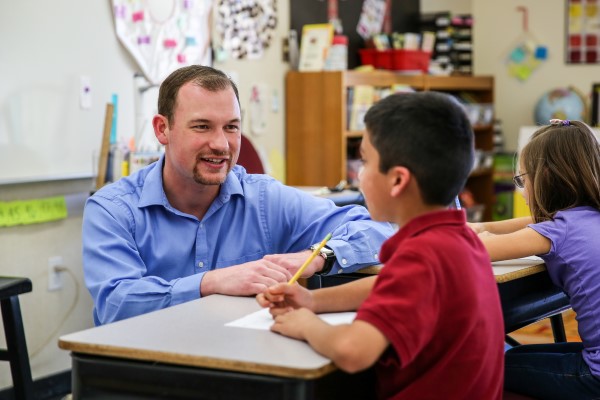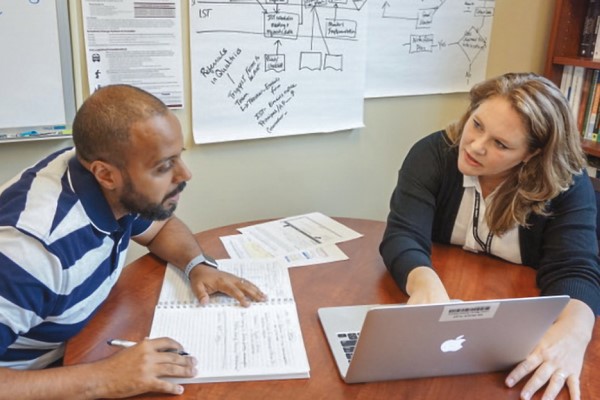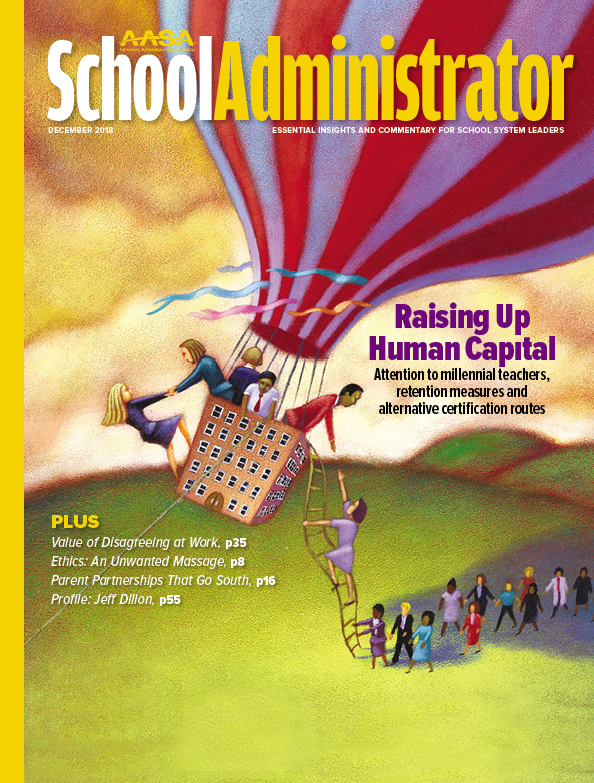October 2019: School Administrator

Disruptive Innovation
This issue looks at innovative practices that are breaking molds and stretching the possibilities of education.
Advertisement
Additional Articles
-
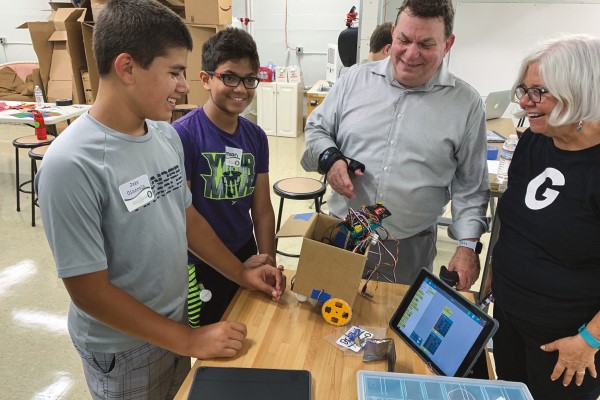 Radical Change Through the Practice of 'Making'
Radical Change Through the Practice of 'Making'Developing lifelong competencies while engaging learners in their passions
-
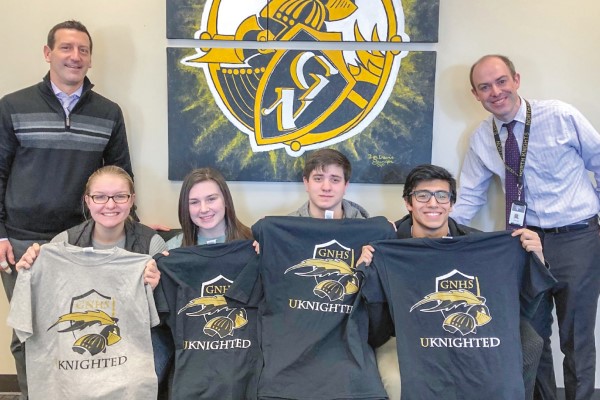 The Fork in the Road of Education
The Fork in the Road of EducationDistinguishing between the limits of innovation and the possibilities of disruption to change school culture
-
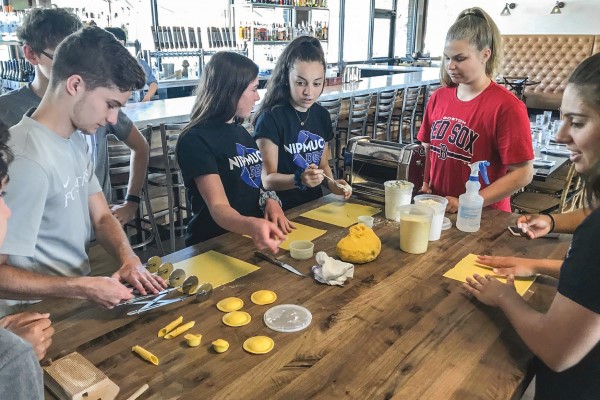 Stretching the Concept of What's Possible
Stretching the Concept of What's PossibleA small district in Massachusetts disrupts the status quo through impactful brainstorming with students at the center
-
Rethinking Assessment in the Minds of Students
What if students reimagined the school district’s assessment system?
-
The Conditions To Ignite Self-Disruption
Launching a self-disrupting program is like starting a campfire: You have to get the initial conditions right for it to succeed.
-
The Balancing Act of Managing Disruptive Change
Moving to a personalized, performance-based approach causes a dramatic shift in daily practice
-
 Use of Legal Counsel
Use of Legal CounselA comparison of school boards versus superintendents in terms of hiring an attorney for negotiating terms of employment contracts.
-
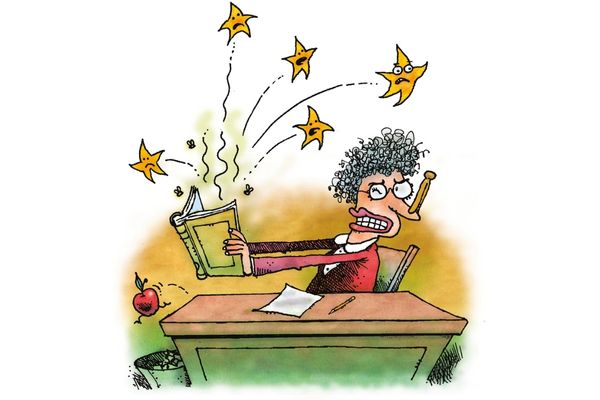 Muzzling False Praise
Muzzling False PraiseCan you tactfully refrain from delivering undeserved praise when a longtime colleague seeks a public review of a poorly crafted new book?
-
 Your Mascot's Been Captured With a Racial Slur
Your Mascot's Been Captured With a Racial SlurA superintendent counteracts a sickening discovery circulating on Twitter, providing advice for district leaders.
-
 Keeping Board Meetings Civil and Productive
Keeping Board Meetings Civil and ProductiveCounsel from a former superintendent-turned-governance consultant for preventing insults and defensive responses from overtaking your school board’s public proceedings.
-
 Safe Travels: Remote Participation in Board Meetings
Safe Travels: Remote Participation in Board MeetingsA protocol for how board of education members who are unable to attend in person can weigh in from afar with a vote on official business.
-
Why We Need to Get Out the Count
The census basics haven’t changed but the importance has
-
My Office in a Backpack
One principal details what travels in their backpack daily
-
.png?sfvrsn=2c854cfb_9) Strengths-Based Pathways for All Students
Strengths-Based Pathways for All StudentsTHIS PAST SUMMER, I attended the final day of celebration for a boat-building camp for middle school students.
-
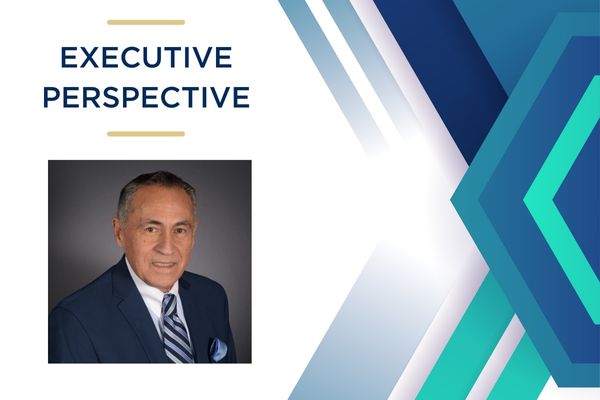 Mind the Disruption of Personalized Learning
Mind the Disruption of Personalized LearningSchool technology as the enabler and the disruptor.
-
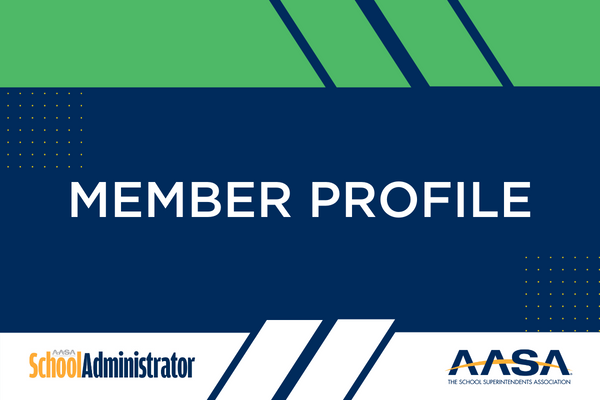 Considering All Angles Before Proceeding
Considering All Angles Before ProceedingBetsy Webb, Bangor, Maine superintendent, featured in the October 2019 issue of School Administrator.
Staff
Editor's Note
Disruptive Thinking
FROM ITS BEGINNING in 2007, the Clayton Christensen Institute has maintained an abiding interest in effecting change in the education sphere with a mission of “improving the world through disruptive innovation.” The nonprofit think tank’s interests have ranged from addressing the shortcomings of hardware and software in the hands of educators to building social capital among students.
We’re honored to feature in this issue on disruptive innovation the work of two of the institute’s primary education contributors, Thomas Arnett (“Districts Disrupted”) and Julia Freeland Fisher (“The Making of a Networked School”). We’ve previously featured the work of Christensen, an esteemed professor of business administration at Harvard, in these pages and as a featured speaker at AASA’s 2009 national conference. His book titles, beginning with his 2008 work Disrupting Class, often show up as a “book at bedside” in our monthly member profiles.
Disruptive innovation in education typically refers to the application of online learning technologies, as Arnett notes. For purposes of editorial coverage, we’ve fleshed out his definition to include work on the maker movement and a Massachusetts school district’s unique brainstorming process. The headline of the latter article — “Stretching the Concept of What’s Possible” — seems like a fitting phrase of purpose behind this month’s issue.
Jay P. Goldman
Editor, School Administrator
703-875-0745
jgoldman@aasa.org
@JPGoldman
Advertisement
Advertisement

